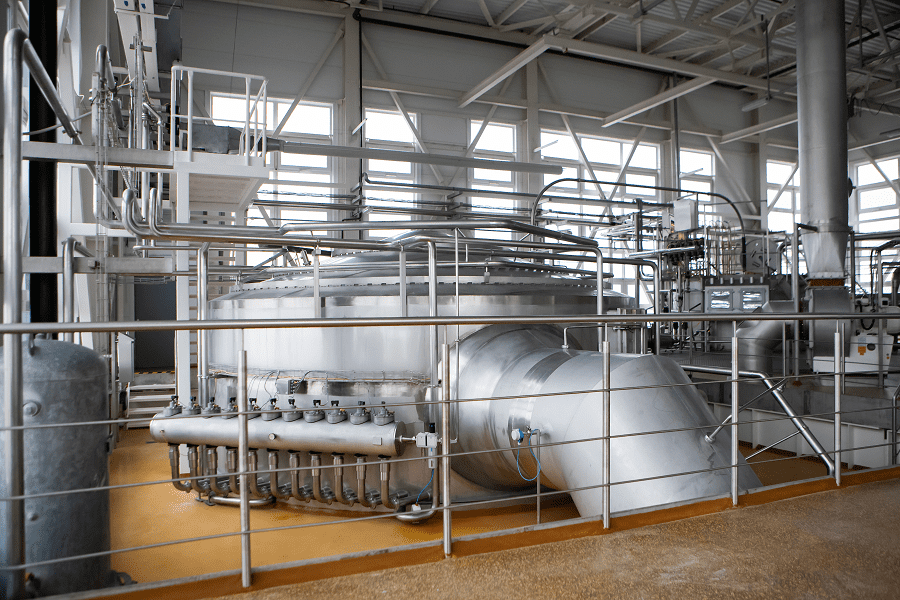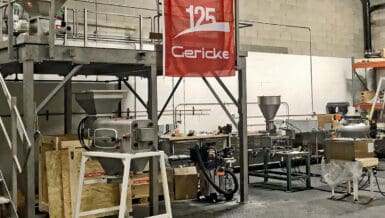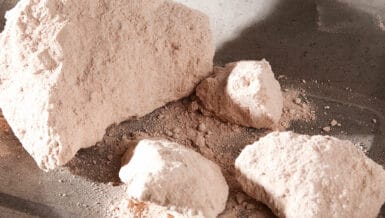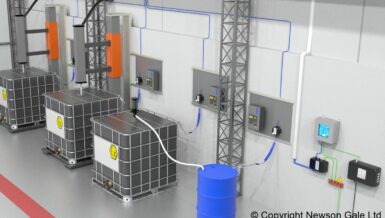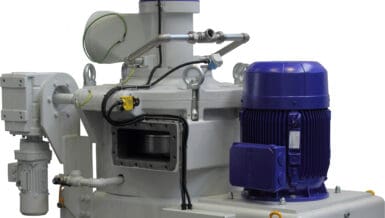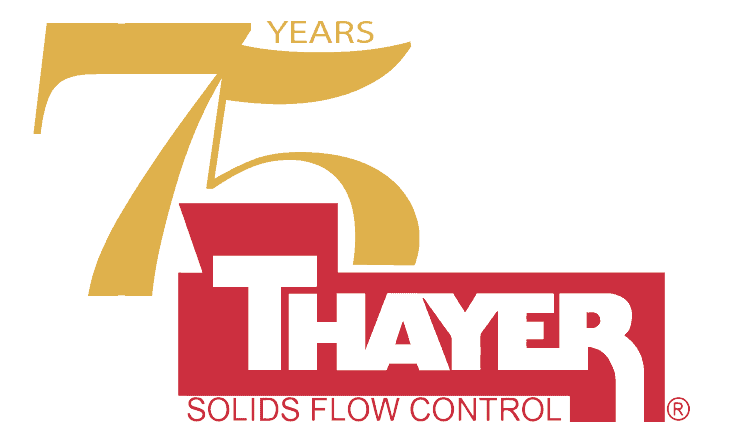Depending on the transport system, purpose and distance, the goal is to transport solids with minimal degradation and contamination, which both benefit the product’s integrity, processing, storage, and salability. In industrial processes there are two types of breakage of particles, it can be either desirable (comminution) or undesirable (attrition). Delft Solids Solutions recently researched the undesirable breakage (attrition) mechanism of powdered milk while in pneumatic transit.
Milk powder
We all know that milk powder is widely used as a stand-alone product or as an additive used in the food industry, in products such as chocolate, candy, bread pastry, soups, etc.
It is designed to rapidly dissolve in water. This solubility depends greatly on the surface properties and the particle size distribution. Once the milk powder particles exit the dryer, they are pneumatically conveyed for packing.
It is through conveying the material over certain distances, or the transportation with a certain force, material interaction with its surroundings (the material itself as well as the walls of the pneumatic transport lines) that may cause a breakdown of the conveyed material into finer particles, which worsens the dissolvability properties of the milk powder, and affects its quality, stability, and can cause caking and other undesirable phenomena.
In this study, we looked at the pneumatic transport of the milk powder and examined the possible causes of the particle breakage and change during its transport.
Predominant effects that may occur as a result of solids breakage:
- Loss in perceived product quality
- End-user perception and experience
- Increase in dustiness
- Loss of functionality and product performance
- Change in flow behavior due to increased fines which can cause hopper emptying issues
- Changes in mixing behavior and solvability
Conveying
Pneumatic transport has many benefits, however, it does come with a few mechanical challenges depending on the material, speed, and particle size. For now let us just look at one aspect, which is a fragile material, in this case, the aforementioned milk powder that passes through a system at high speeds and whereby that milk powder is impacting with the elbows and wall of the pneumatic transport system as well as with itself as particles bump into each other.
Fragile material often results in breaking down a percentage of the transported material into finer particles. These smaller particles act differently and can cause issues during storage and or alter the solvability of the consumer end product.
Particle Attrition testing
Particle Attrition testing has two challenges, one is to have a useful, proven, and well-defined testing method where the attrition mechanism is clearly understood and measurable within the testing environment, and second the method needs to show the extent, the duration, and nature of the attrition occurring during the testing. The observed and collected data of these studies show the bend geometry on particle attrition behavior has a direct effect on particle attrition. The bend r/D ratio (radius of the bend centerline divided by the diameter of the pneumatic pipe). The long radius (r/D ≈ 9 to 12) results in higher particle impacts due to the long radius bends. Particle shape is another aspect to consider which could be a significant factor in particle attrition.
Assessment
In our assessment, we’ve used several analytical measurements such as repeated impact testing to extrapolate the attrition effects on the milk powder conveying. Image analysis was used to measure the particle size before and after attrition. What we found was the repeated impact test correlated with PC when the kinetic energy was lower than 1 kJ/kg.
Shear testing and repeated impact testing among other tests conducted are concluded to have clear importance pertaining to the milk powder attrition mechanisms in lean phase pneumatic conveying (LPPC), dense phase vacuum conveying (DPPC) and lean phase vacuum pneumatic conveying (LPVC) systems.
However, other areas of interest are the numerous entry points for the material product contained in industrial plant processing (silo/ hopper discharge) within the pneumatic conveying system,adding another dimension of complexity in predicting attrition behavior.
Conclusion
To conclude, a certain degree of attrition is inevitable during the handling and pneumatic transport of bulk solids. By conducting a systematic analysis of the attrition processes and understanding the physics of particle attrition, we can advise clients to minimize and mitigate possible negative consequences that attrition has on the particles being transported. In the milk powder attrition test, we observed that the repeated impact test can be used to prove and show the attrition effects of the milk powder in the pneumatic conveying process by calculating the material strength and how much energy is required for the particles to eventually break. To be able to find out the particle max tolerance until collapse it was easier to use the RIT method to mimic the kinetic energy (KC) input and get the final results shown in Figure 1.
Particle Transport and Storage day
For the first time Delft Solids Solutions in close collaboration with partners; ESI Eurosilo, TSE silos, Innofour, TUDelft, AZO, and Volkmann, will organize the Transport and Storage day on Tuesday, June the 14th, 2022.
During the seminar we will offer a wide array of content, handling different themes associated with the transport and storage of powders and granules. Offering overview lectures applicable to all industries ranging from food, feed, pharmaceutical, and cosmetics to chemicals.
Practical information
Date: Tuesday, June 14th, 2022
Location: Fletcher Hotel Wings, Rotterdam The Hague Airport Hotel & Conference Centre, Rotterdam Airportplein 55, 3045 AP Rotterdam, The Netherlands
Arrival time: 8:45 you will be offered coffee/tea on arrival
Investment: € 450,- (excl. VAT)
If you would like to participate as a group, please contact us and we will offer you a specific group arrangement.




